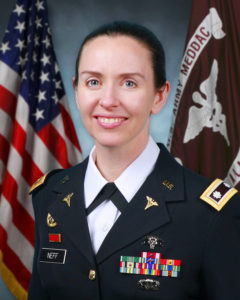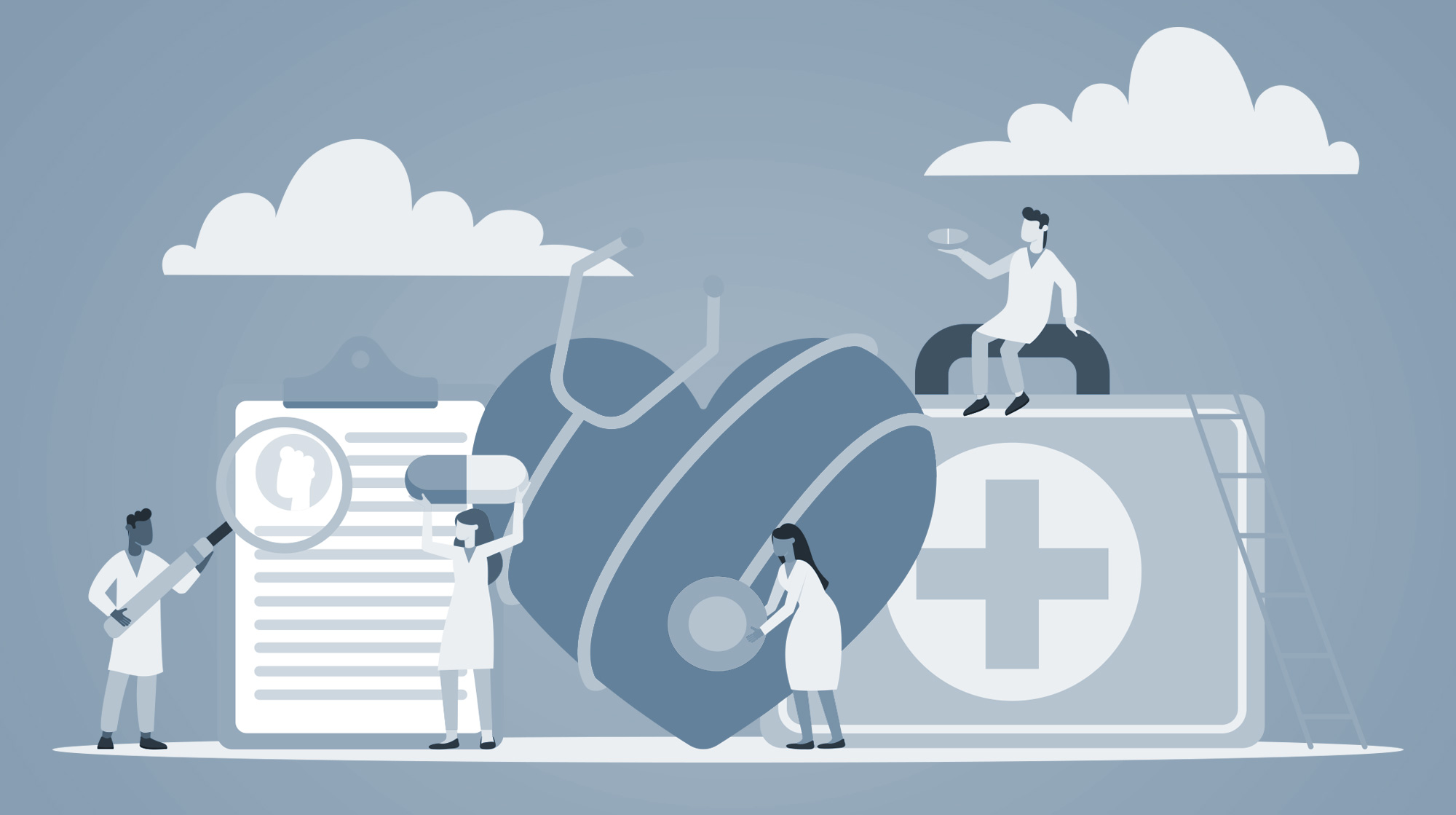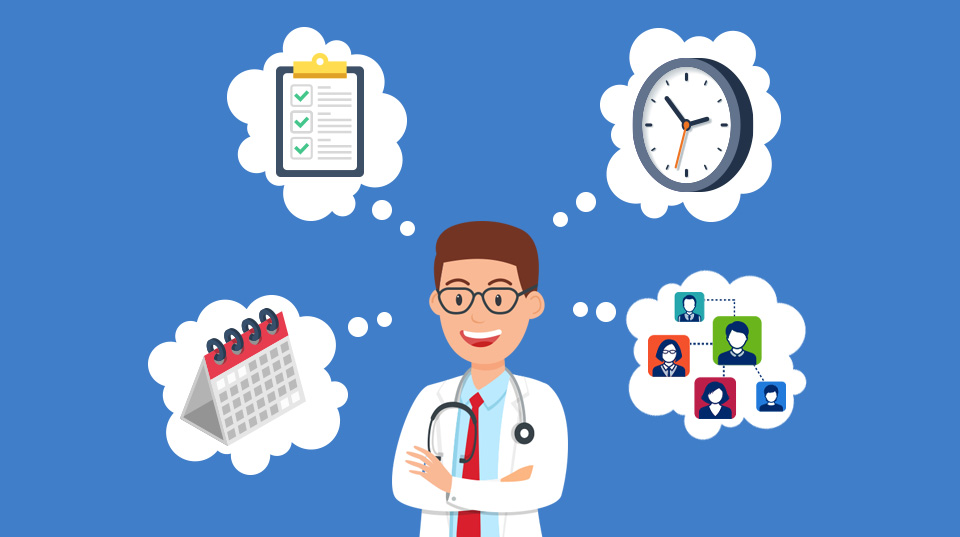Career resources content posted on NEJM CareerCenter is produced by freelance health care writers as an advertising service of NEJM Group, a division of the Massachusetts Medical Society and should not be construed as coming from, or representing the views of, the New England Journal of Medicine, NEJM Group, or the Massachusetts Medical Society
 LTC Laurel Neff, DO
LTC Laurel Neff, DO
Deputy Commander for Clinical Services, Bassett Army Community Hospital
Dr. Neff is a family physician currently serving in a leadership position at Bassett Army Community Hospital in Fort Wainwright, Alaska. A graduate of the U.S. Military Academy at West Point and Philadelphia College of Osteopathic Medicine, she completed a Family Medicine residency at the Fort Bragg Army Medical Center in 2004. She wants people interested in military medicine to know it’s possible to have both a successful career and an active family life. She has joined us in a short Q&A to offer her career experience and advice.
1. What made you decide to serve as a physician in the U.S. Army? How did you choose a practice setting?
In high school I decided that I wanted to be in the Army as my way of serving my country — I was charmed by the sense of tradition and higher purpose. At West Point, I took a wide range of courses, including political science and the life sciences. It was during my senior (or “Firstie”) year that I realized I wanted to be a physician.
Family medicine specifically spoke to me because it’s important to take care of the whole person, including delivering babies. I grew up watching M*A*S*H* reruns on TV. Army Medicine today is a lot different! We use top-of-the-line equipment and technology, and Army physicians lead innovation in areas as diverse as sleep medicine, trauma, and vaccines. M*A*S*H* tents were long ago replaced by portable state-of-the-art hospitals that allow physicians to care for Soldiers anywhere in the world.
However, one way the Army has not changed over the years is in its emphasis on teams. Primary care physicians work very closely with nurses, physician assistants, and specialists to coordinate care for our patients and ensure their medical records are accessible electronically wherever they may go. It’s an integrated system so each of us gets to do what we do best and put the patient first.
2. How easy is it for a physician who is currently practicing to transition into a career as a U.S. Army physician?
It is not hard to commission directly from civilian practice to the Army administratively, but there is a mental adjustment. In the Army we focus on what’s best for the patient without having to deal with the stress of insurance, malpractice, overhead or the cost of infrastructure. Plus, you have a common purpose with your colleagues. The Army is like a family that way.
The rewards are immense. In addition to competitive pay and excellent benefits, we are on the front lines to implement medical innovations put forward by the Army Surgeon General such as Patient Centered Medical Home and relay health initiatives. Depending on your interests, you will get clinical experience but may also take part in humanitarian missions, take on administrative and leadership roles, conduct medical research, teach, or go back for additional education. For example, right now I oversee the care of 15,000 Soldiers in Alaska — in this leadership role I have a chance to work on patient safety and quality programs, a hot topic in medicine today. Previously, I had an operational assignment with an Army unit at Fort Bragg, North Carolina. I’ve been able to choose the experiences that help me grow in my career.
3. What is one piece of advice you wish you were given before or during your residency?
Medical school does a great job of teaching the fundamentals of physiology and pharmacology, but when you’re practicing, you need to know about the administrative and business side as well, such as how to use information technology to be more efficient in clinic, or how to document defensively to protect against legal reviews.
The topic of patient safety is critical. Residents should know the basics of how quality and patient safety are quantified, and how to incorporate process improvement into daily patient care. For example, if a physician realizes that there are several conflicting ways to order a specific medication, which may lead to the wrong medication being ordered, then he or she needs to know how to use the process improvement program to make necessary changes.
For medical students who want to avoid high student debt, you should know about the Health Professions Scholarship Program (HPSP). The program covers the entire cost of medical school tuition, school fees, and books — and includes a monthly stipend as well. There are also financial incentives for residents. Because of the Army and the HPSP I didn’t have to worry about graduating medical school with heavy student loan debt as many of my classmates did, including my husband.
4. Who or what served as an invaluable resource while you were looking for your first job out of residency (and why)?
The most important aspect when coming out of residency is to be open to any opportunity. My program director in residency was integral in helping me to figure out my strengths and weaknesses and what my first “utilization” tour would be after residency. He advocated on my behalf based on what my goals were for my career, which I attribute to my success today. Finding that person for you — whether a program manager, professor or peer physician — who can provide that guidance will be invaluable as you move into your career.
Location isn’t what makes an assignment; it is the people that make all the difference. I have worked with some amazing people who have all been emphatically focused on one thing — taking care of Soldiers, their families, and retirees. The quality and caliber that comes out of my colleagues is nothing short of inspiring. I work with colleagues who have as much as 20 years of patient care experience between deployments and hospital environments whose knowledge is imperative to our everyday operations.
5. Why would a career in the Army be a good path for a female physician? Is there a downside?
The Army is a great place to be a woman in medicine. Our commander, the Surgeon General of the Army, is a woman and there’s no limit to how high women can rise in our profession. Army Medicine has so much to offer, including opportunities to see the world and gain a broad range of professional development experiences. Excellent financial incentives, benefits, and regular work hours make it feasible to have both a satisfying career and personal life. Some Army hospitals are in very desirable locations, such as Washington, D.C. (Walter Reed) and Honolulu, Hawaii (Tripler).
I don’t see a downside to Army service. If you participate in the HPSP scholarship program and learn that the military is not for you, you can leave after your commitment is up — typically four years after residency completion, though it varies upon the initial scholarship length and choice of residency — taking your experience and lack of student debt with you to your next job.
6. As a physician who has a family, what challenges have you faced while navigating through medical school, residency, and practice?
I’m a firm believer in a work-life balance. That said, my career in the Army has required that my family and I move back and forth across the United States. I’ve also had one deployment to Iraq and one overseas unaccompanied assignment to Korea, during which I was able to see my family when on leave midway through each one-year tour. However, it’s a common misconception that everyone in the Army moves every few years. The reality is that many Army physicians stay at one hospital for the majority of their career. It depends on your specialty and your interests.
I can’t talk about the challenges without also mentioning the benefits that Army service has given my family and me. Aside from the HPSP that was used to cover my cost of education and allowed me to graduate debt-free, I also have peace of mind working for one of the largest health care networks in the world. The benefits include retirement, paid vacation, health insurance and the opportunity to focus on what’s best for my patients without the headaches of reimbursement or managing the business side of running a practice.
7. For you, what is the most difficult part about being physician? How have you learned to deal with this?
Medicine is an art and a science. It is constantly changing. Continuing your medical education is critical and not always convenient. There’s also a business aspect to effective medicine, often learned through experience and on the job training. Even the Army needs physicians who are interested in the business aspect of how to improve efficiency and value. Being a physician is a lot of work, but it’s incredibly rewarding at the same time.
8. What do you most love about being a doctor? How do you stay excited about it every day?
First of all, I believe in what I do and find huge personal satisfaction in serving those who serve (i.e., men and women in the Army, and their families). As a family medicine physician, I’ve enjoyed getting to know entire families and treating Soldiers and their family members. Now, I’m enjoying the challenge of overseeing a hospital and clinic responsible for 15,000 Soldiers and their families. I love the teamwork and feel like an integral part of the larger Army family.
Medicine is about people, about patients, providers, and administrators. The common denominator is the human aspect. I get excited about helping people figure out how to be well again. Most days I learn something new about how to do my job better. For that I feel more empowered as a physician and a mentor. My job is about giving back to the community and to the Army — for which there is no greater satisfaction.
For more information on careers in Army medicine, visit: http://www.goarmy.com/amedd.html.







